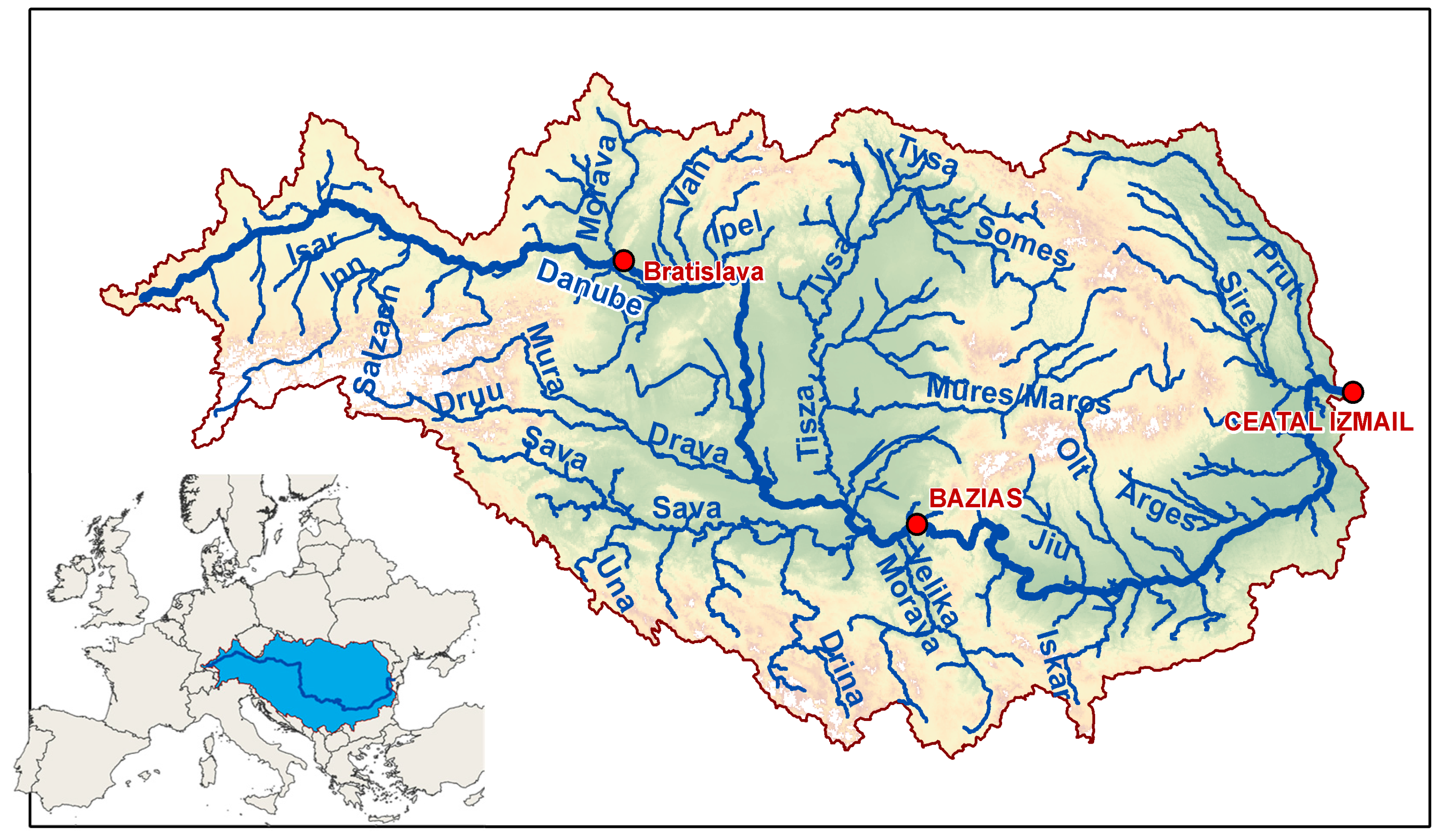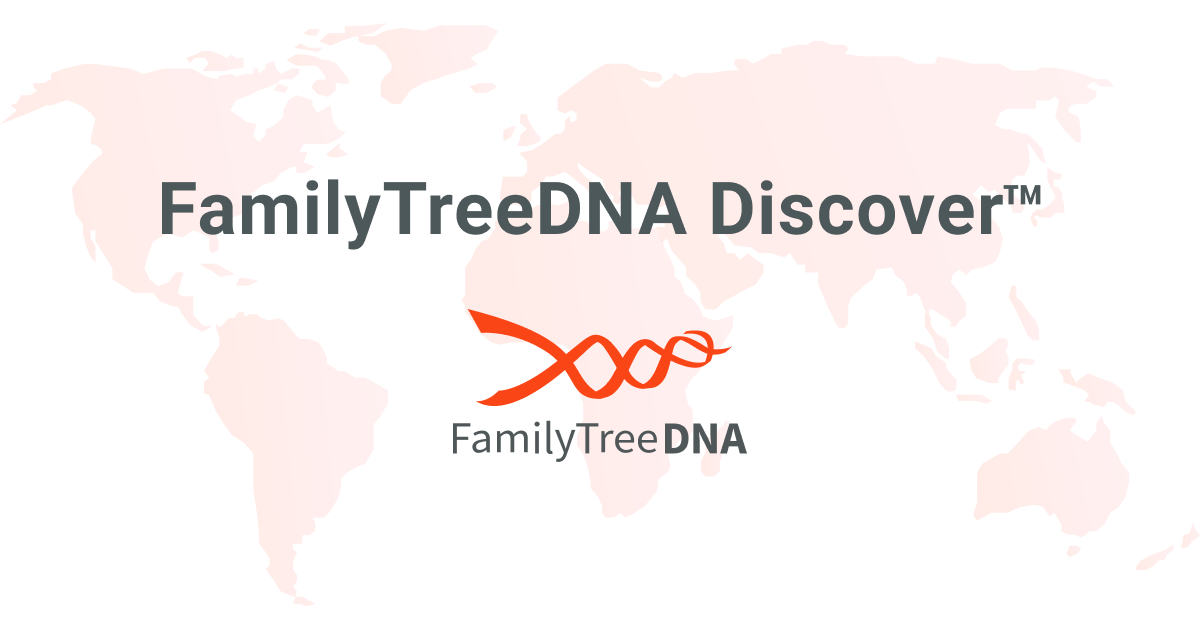I allow myself to start a new thread as I did not find one that was discussing the following.
Living DNA cites https://www.eupedia.com/europe/Haplogroup_E1b1b_Y-DNA.shtml#V13_origins. On this page it is said, if I understand well, that, due to the specific distribution of this group in R1a and R1b regions, the assimilation occured before these two groups splitted. From my reading, I gathered that this split occured long before E-V13 splitted from a larger group that is not as much widespread. Besides, most of the discussion I came across is connected to a specific genetic origin. It might be true, but other hypotheses seem also plausible. Among them, an occupational hypothesis could be considered, E-V13 filling a "hole" in both R1A and R1b societies - or doing it better than those performing that occupation. From my reading, I see it as something like hill / mountain herders. In my country (Switzerland), a genetic study shows that EI were less present in such areas, leaving space for the populations who already lived there and possibly for new populations. Remarks are welcome.
Living DNA cites https://www.eupedia.com/europe/Haplogroup_E1b1b_Y-DNA.shtml#V13_origins. On this page it is said, if I understand well, that, due to the specific distribution of this group in R1a and R1b regions, the assimilation occured before these two groups splitted. From my reading, I gathered that this split occured long before E-V13 splitted from a larger group that is not as much widespread. Besides, most of the discussion I came across is connected to a specific genetic origin. It might be true, but other hypotheses seem also plausible. Among them, an occupational hypothesis could be considered, E-V13 filling a "hole" in both R1A and R1b societies - or doing it better than those performing that occupation. From my reading, I see it as something like hill / mountain herders. In my country (Switzerland), a genetic study shows that EI were less present in such areas, leaving space for the populations who already lived there and possibly for new populations. Remarks are welcome.






